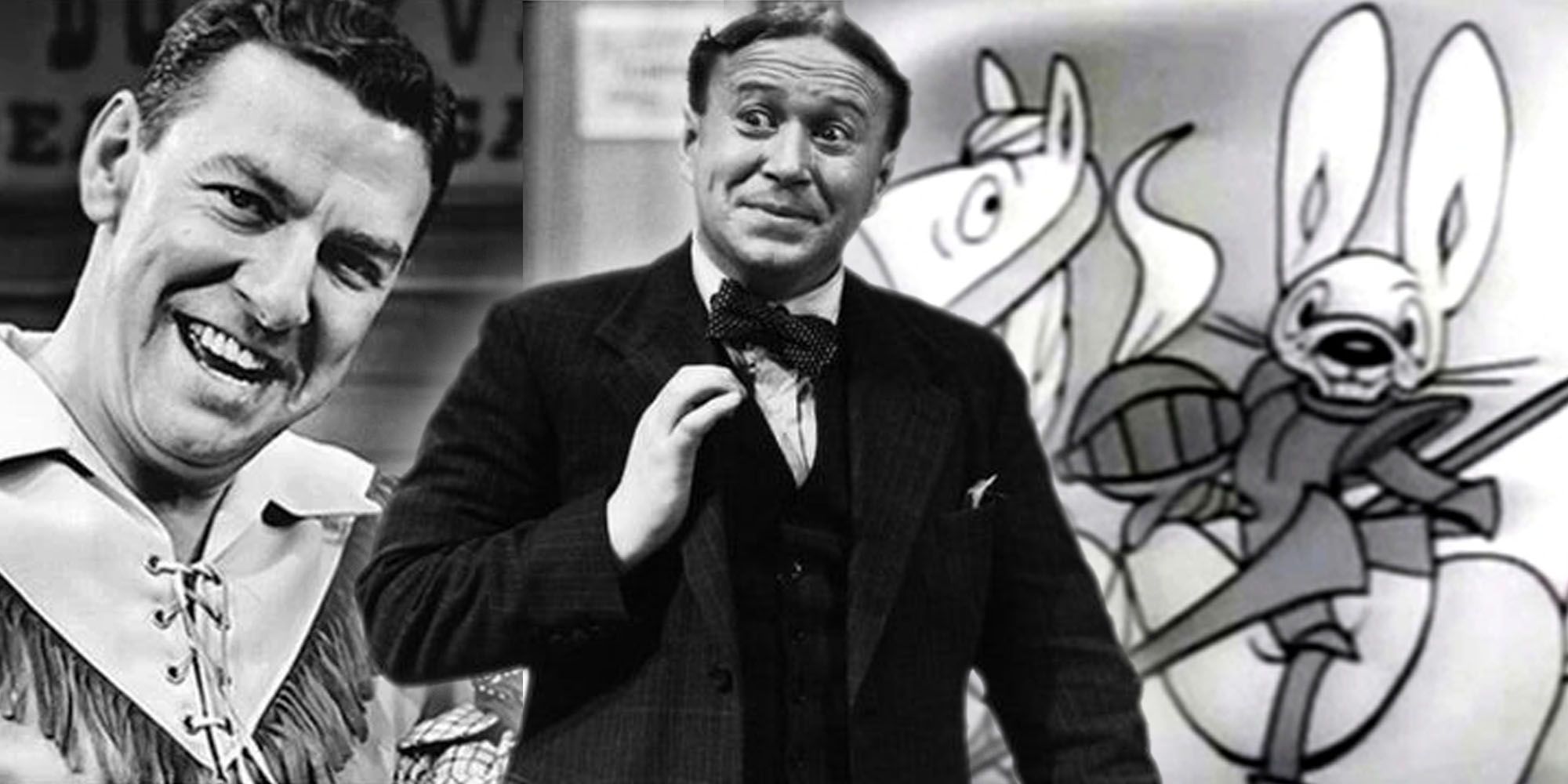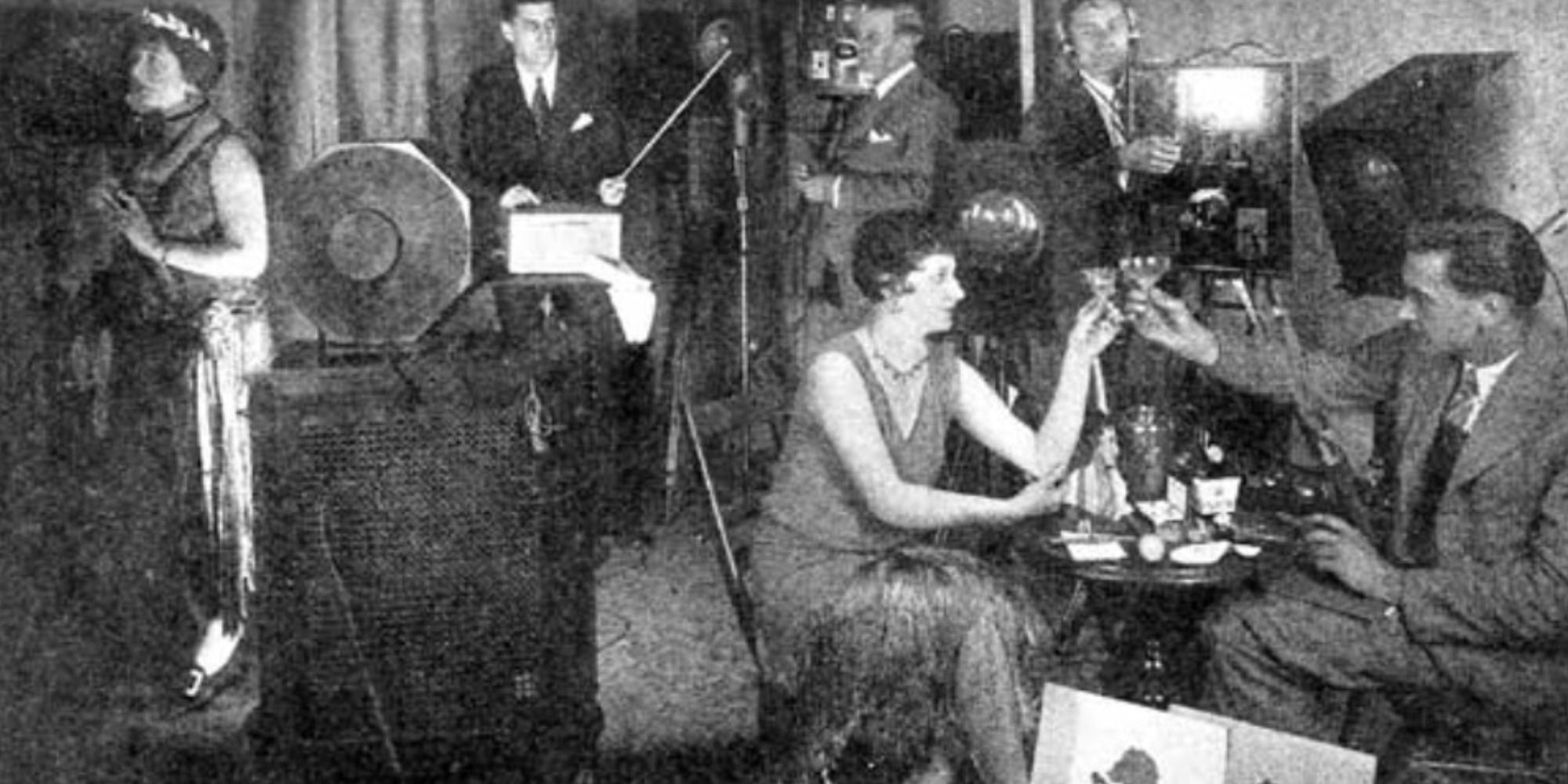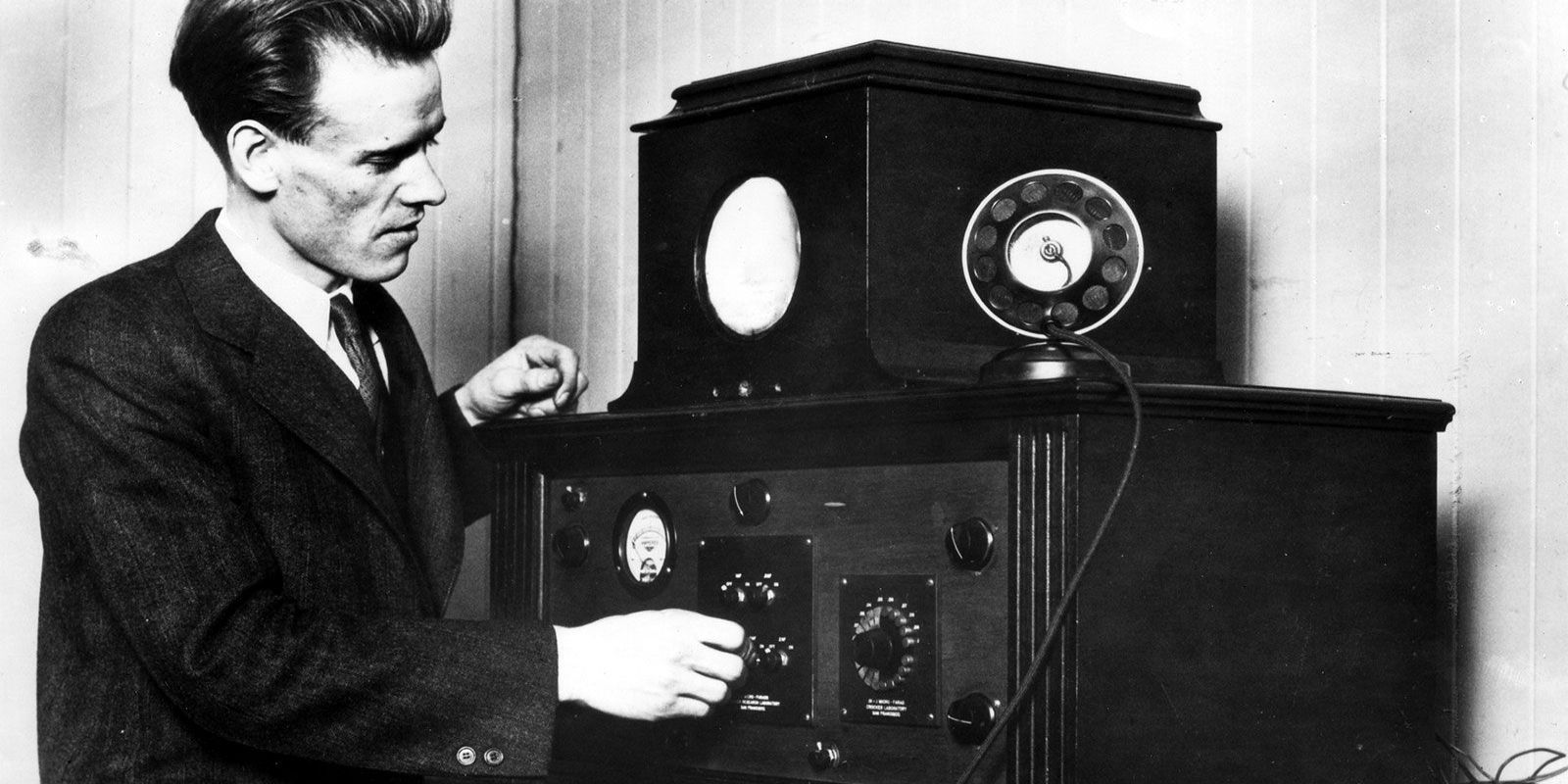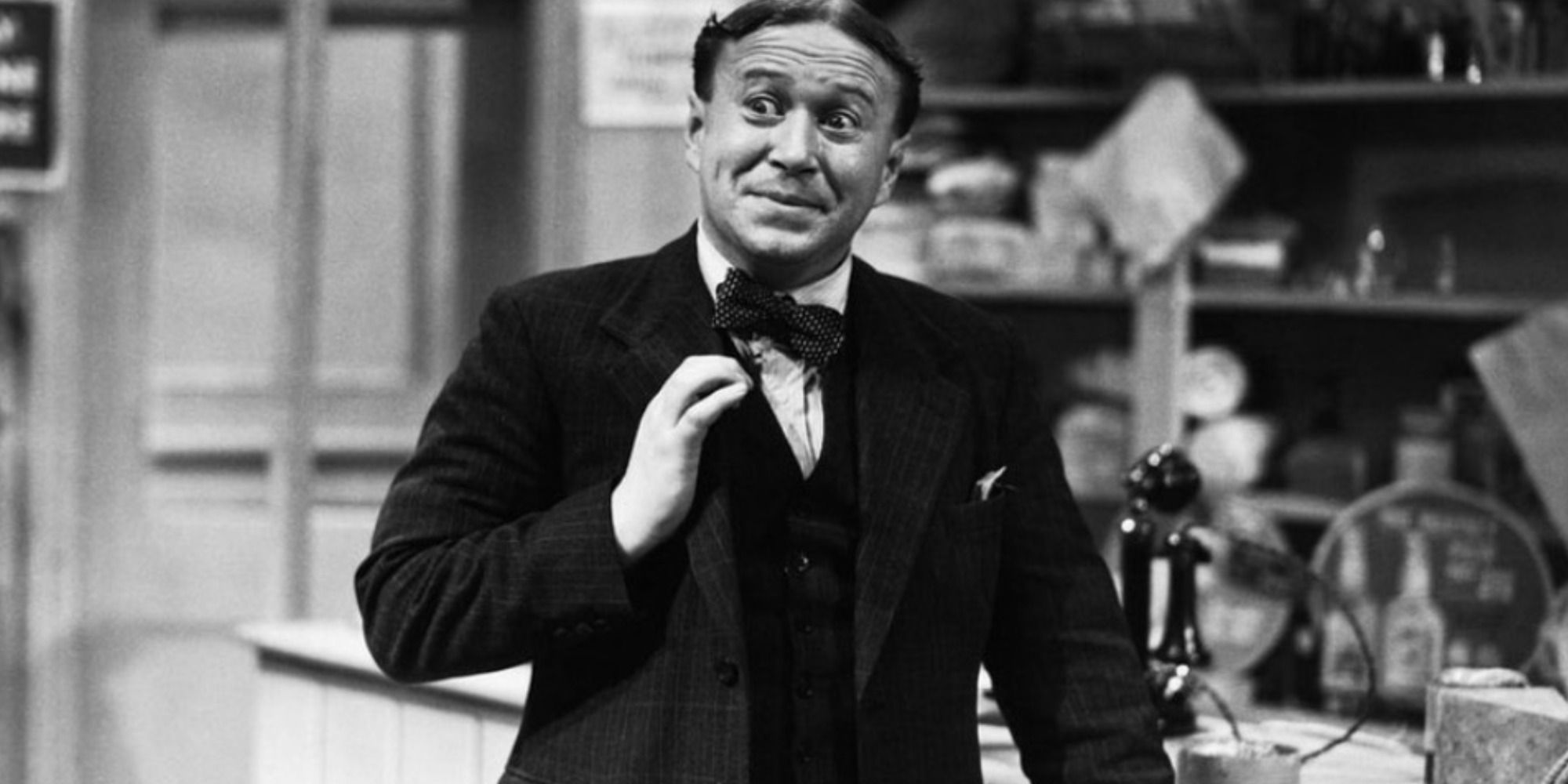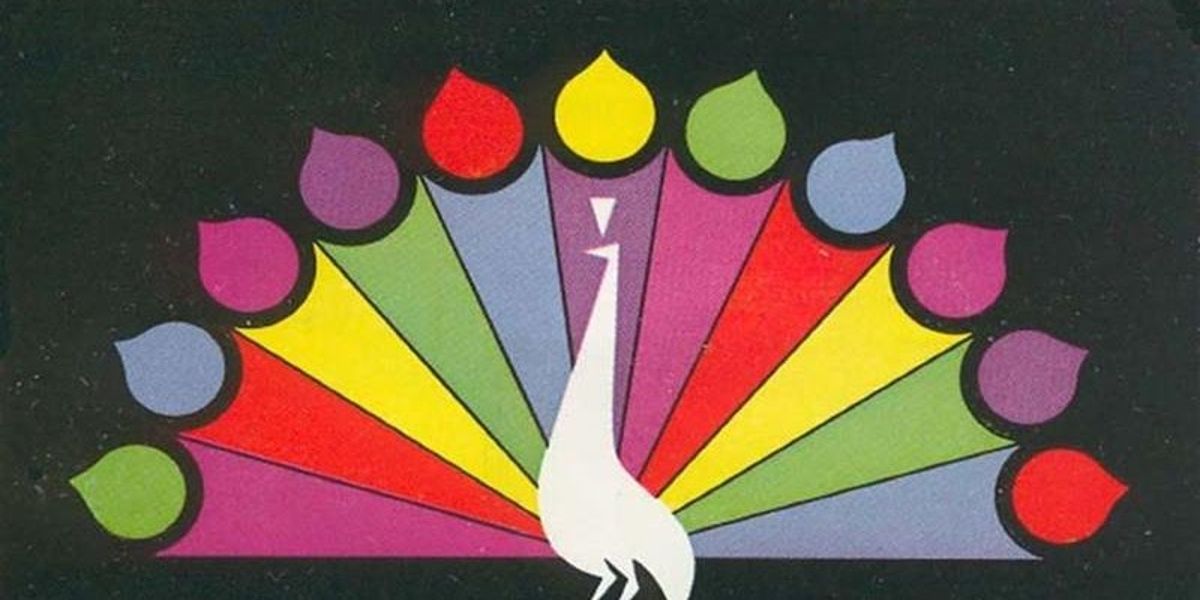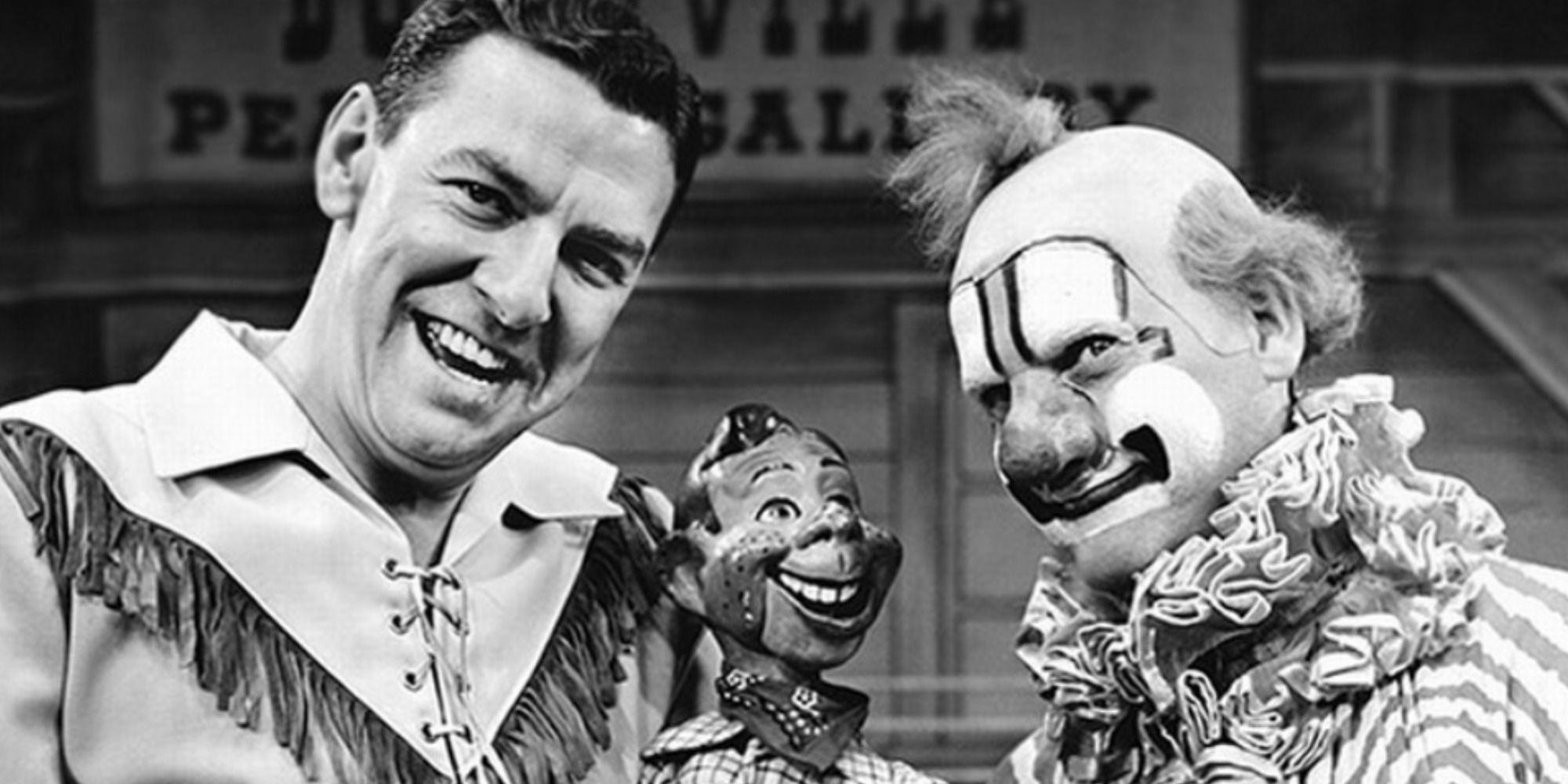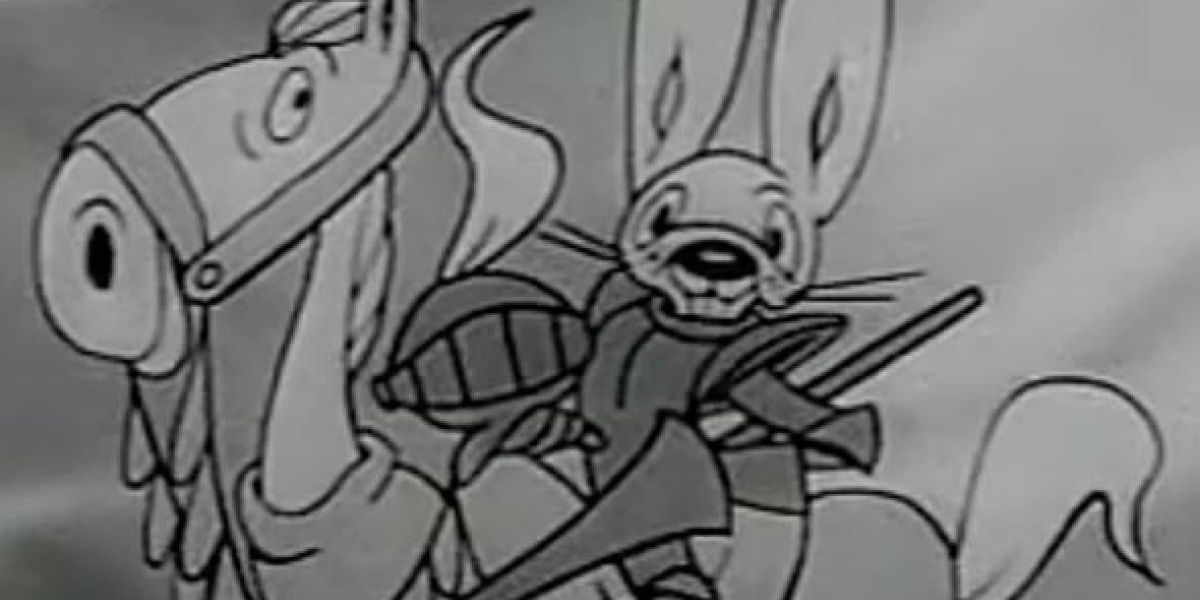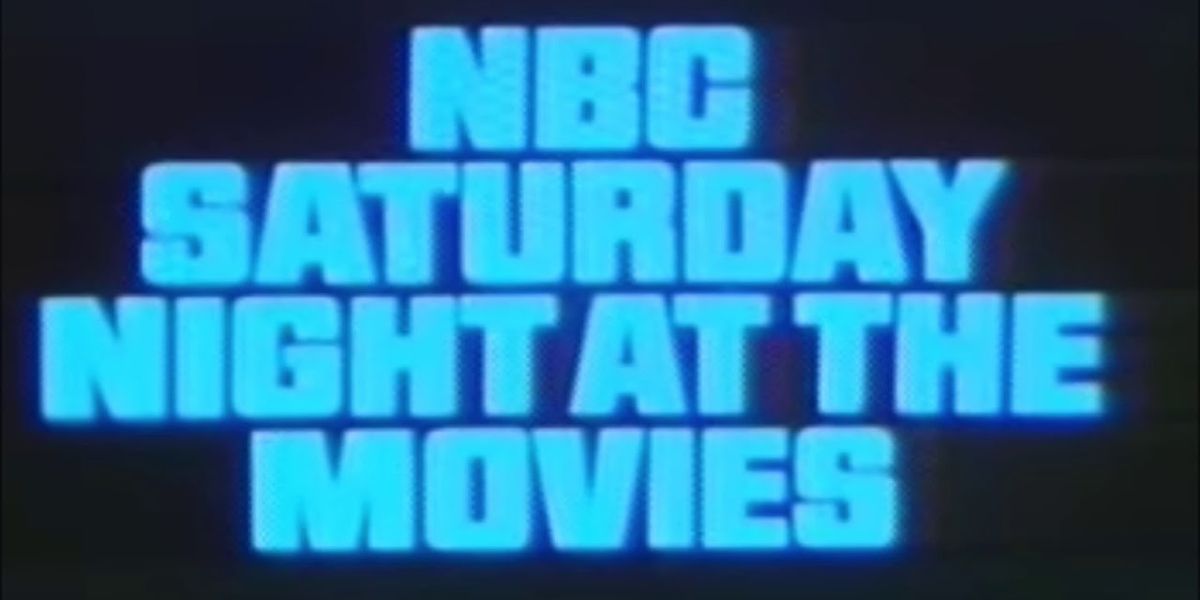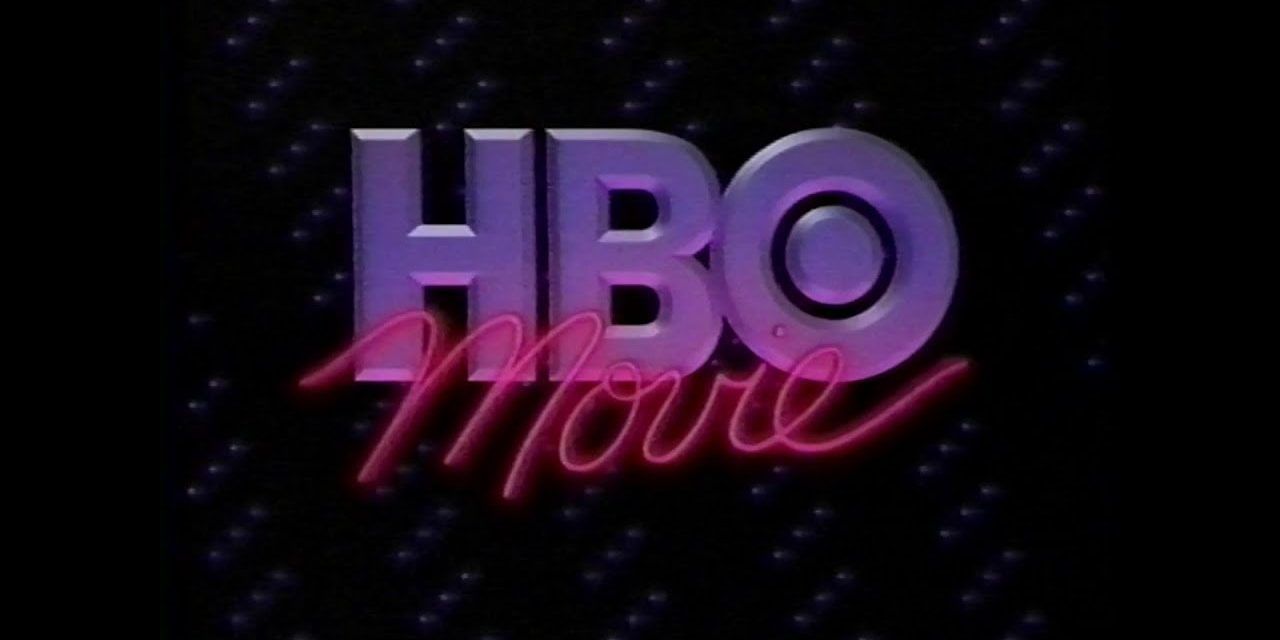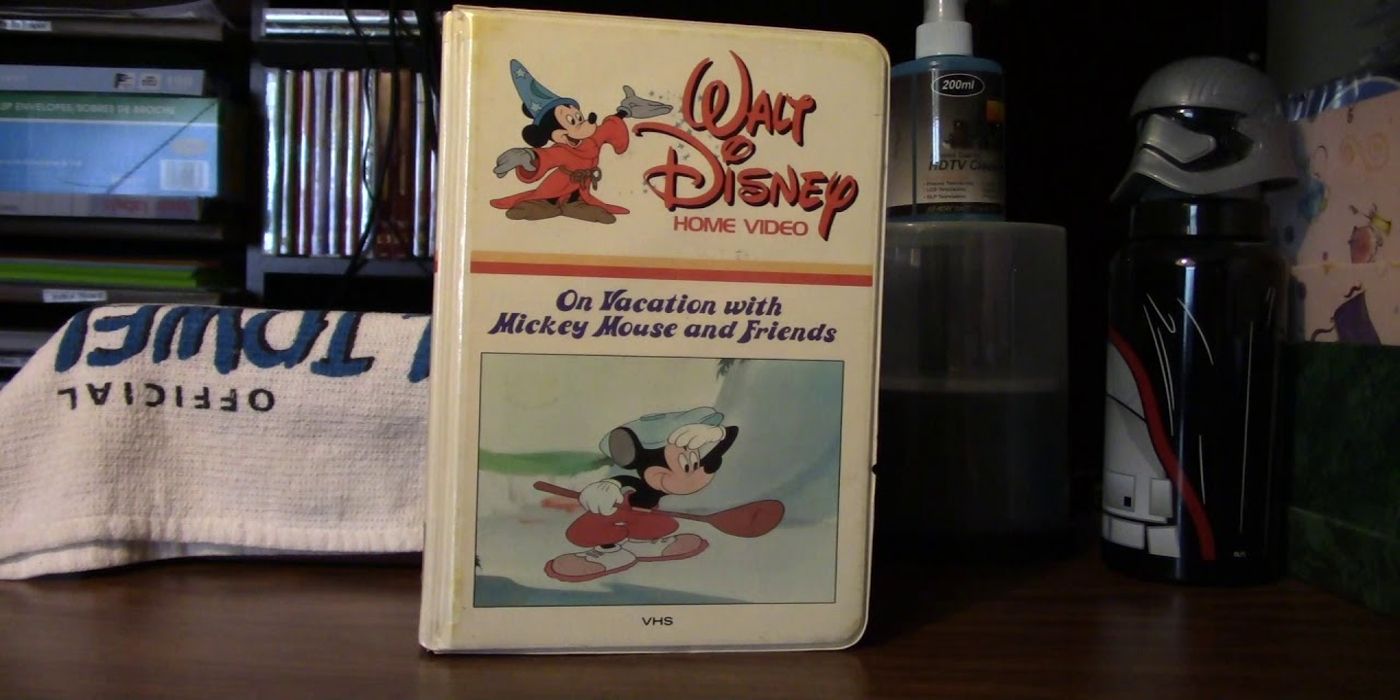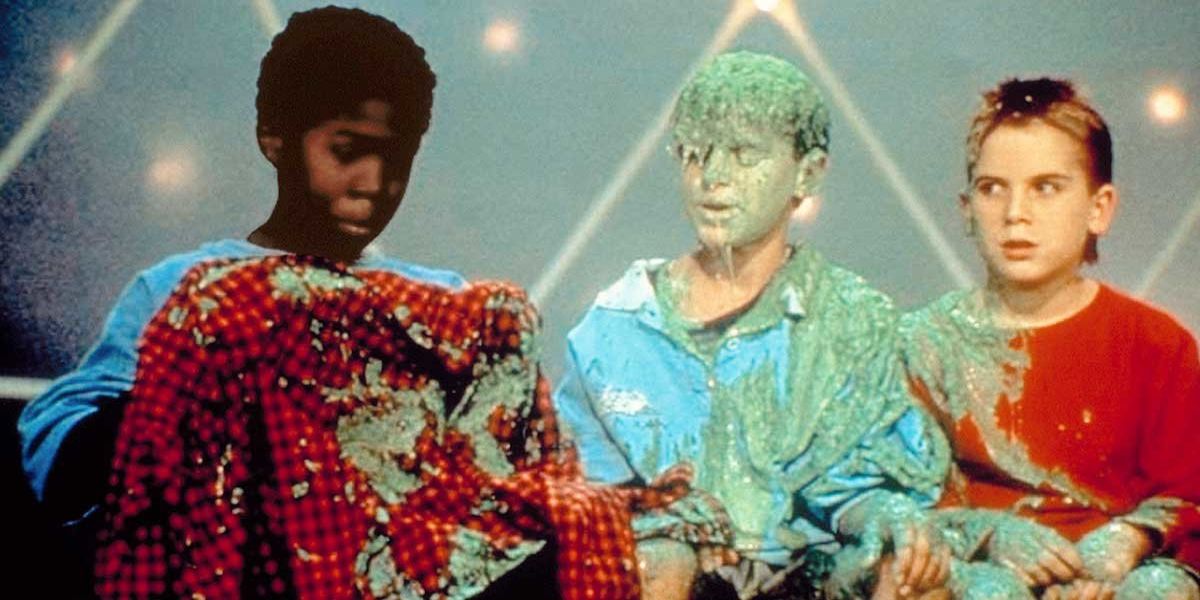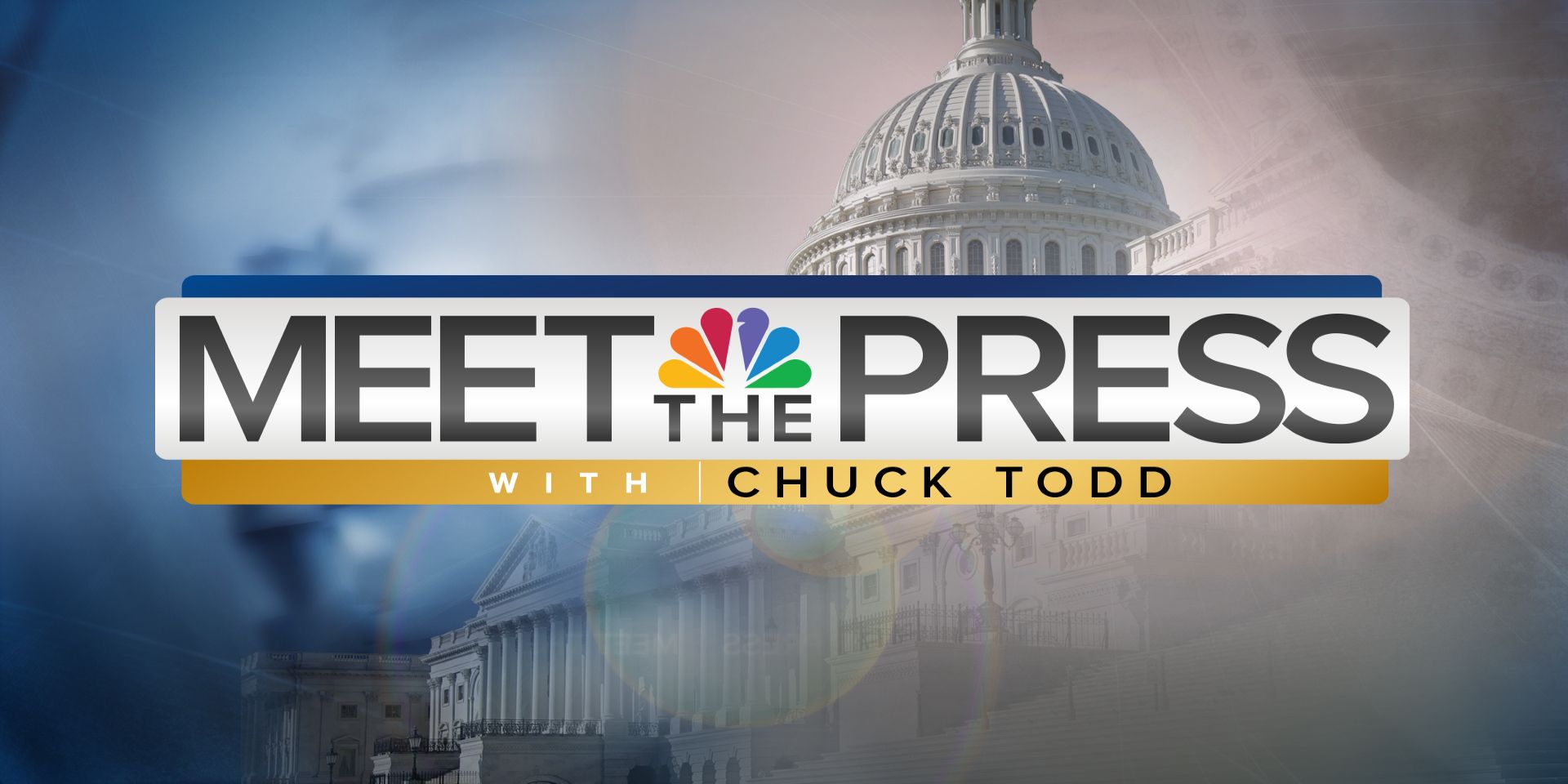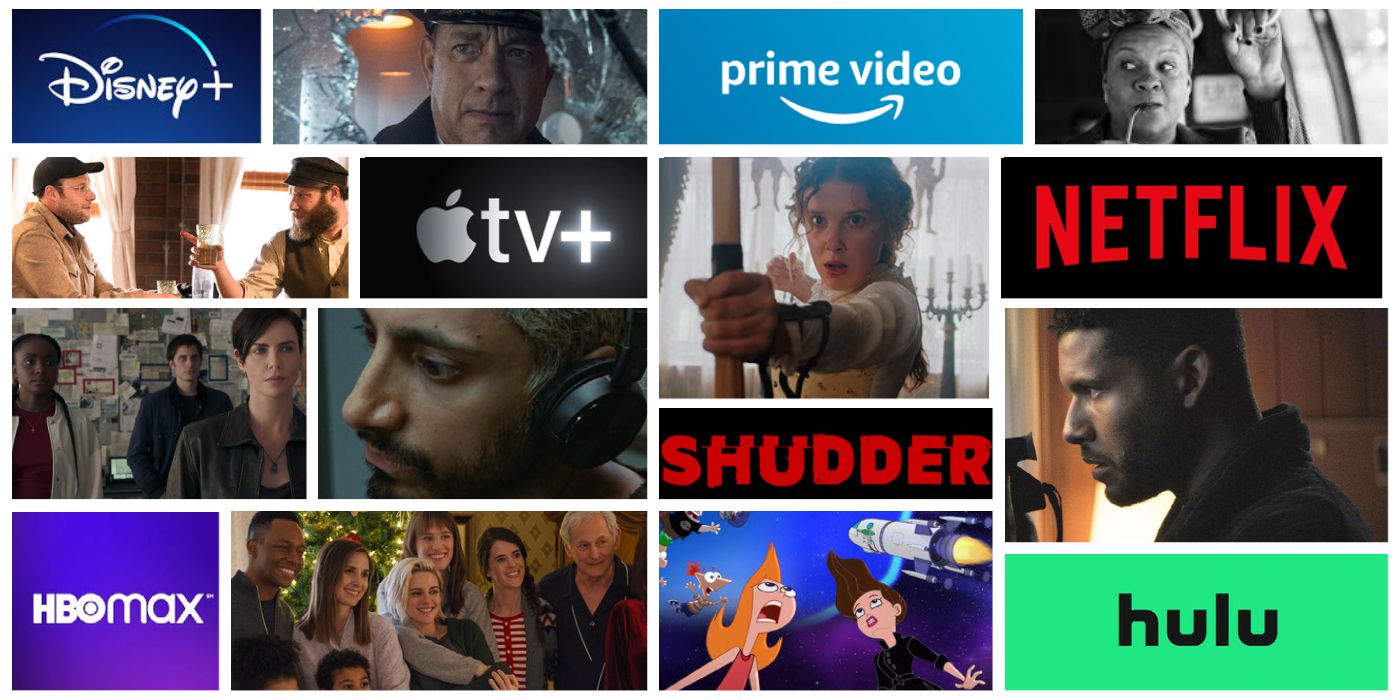Video may have killed the radio star, but it also revolutionized how consumers entertain and inform themselves. From very early beginnings in the late 1920s to a major surge in popularity in the 1950s, television was—and in many ways still is—the be-all-end-all of stay-at-home recreation.
Though the internet has, in recent years, changed the way fans view their favorite shows, television is still a domineering force in the lives of most Westerners. From networks and cable channels to other big developments and milestones, here are answers to ten huge questions about television history.
Updated on April 6th, 2022 by Tanner Fox: While some believe the popularity of broadcast television to have subsided in favor of easily-accessible video streaming services such as Netflix and YouTube, it seems to be taking a new form. With most major networks now offering streaming packages as more and more U.S. homeowners ditch cable, television may be undergoing some considerable changes, but it's far from declining in popularity.
From the early days of adapted radio programs to the high-definition dramas and sitcoms of today, television has been a huge part of the last century, though its history isn't all that commonly known or well preserved.
What Was The Very First Television Show?
In the experimental days of television, the very first full-length program broadcast in the US was a drama in one act called The Queen's Messenger by J. Harley Manners.
The WGY radio station in Schenectady, New York first aired the drama on September 11, 1928. Gruff, grainy, and intended for screens no larger than a postage stamp, The Queen's Messanger hardly resembles television dramas of the modern day. A clip of The Queen's Messenger can be seen on YouTube.
When Did Regular Programming Begin?
In the United States, popular culture paints the 1930s as a decade of radio listening, and it's true that many families gathered around to hear President Roosevelt's fireside chats. Although, NBC had fifteen hours of programming a week by 1939, this "regular program schedule," as described by Hutchinson in Here is Television, seems thin compared to the networks' offerings a decade later.
The late 1940s drew more eyes to the television set after World War II, and the 1950s solidified the medium's popularity. Hutchinson notes in his book that England was far ahead of America, airing King George VI and Queen Elizabeth's Coronation procession, London stage plays, sporting events, and more from 1936 to 1939.
What Was The First Sitcom?
According to the Guinness World Records, the first sitcom in the history of television was Pinwright's Progress (1946-1947) in the UK, which starred James Hayter as J Pinwright. The United States followed in 1947 with Mary Kay and Johnny, starring Mary Kay and Johnny Stearns.
Sitcoms and drama programs that aired in the years proceeding I Love Lucy tend to be forgotten, but they helped to lay the groundwork which would eventually see television established as the go-to medium for everything from breaking news to sports and entertainment.
When Were ABC, CBS, & NBC Established?
ABC was established as an independent entity in 1943, but it existed in other forms before that. CBS was established in 1927, and NBC was founded by RCA (Radio Corporation of America) in 1926, technically making it the first of the major networks to exist. There were other networks that are now defunct, most notably DuMont, which ceased operations in 1956.
While most of these networks are now establishing inroads in the streaming service space, they still hold an incredible amount of influence on what appears on television. Yet, that stance is slowly being eroded by companies such as Netflix and their competitors.
What Were The First Kids' Shows?
The BBC can take credit for the first televised children's programming. Their Children's Hour in 1946 came from their radio show of the same name, which had been on the air since 1922. Kukla, Fran, and Ollie began in the US in 1947 as a puppet show for children.
The same year brought Howdy Doody, the famous puppet that entertained little ones with Clarabell the clown until 1960 and continued to delight children through reruns. While it would be regarded as mildly terrifying by a modern audience, Howdy Doody was a pioneering endeavor still fondly remembered by those who grew up during that era.
What Was The First Cartoon For Television?
Crusader Rabbit (1950-1957) was the first animated series that was made for TV. It was created by Alexander Anderson and Jay Ward. Anderson was the nephew of Paul Terry, a competitor of Disney animation.
He and Ward ran into some lawsuits with Crusader Rabbit, but they also created Rocky and Bullwinkle, two iconic characters of the toon world. Interestingly enough, Rocky and Bullwinkle still occupy a space in modern-day pop culture, while Crusader Rabbit is about as well-remembered as Felix the Cat, perhaps even less so.
What Was The First Made-For-TV Movie?
Though film had been an established practice for quite some time before the advent of television, films made specifically for television would not manifest until the 1960s. Several live productions intended only for television were broadcast and recorded via kinescope, but the made-for-TV movie is thought to have originated alongside NBC's Saturday Night At The Movies primetime block.
In 1964, the film See How They Run premiered on television. Often considered to be the first made-for-TV movie, it was a drama of sorts that saw three siblings flee to the US while being pursued by a cartel.
When Was Cable Invented?
Cable had its beginnings in 1948 when Oregon, Arkansas, and Pennsylvania sought to improve remote regions' television signals with the use of antennas. The first pay television channel did not launch until 1972, and it was HBO, Home Box Office.
With this development came the implementation of satellite transmission. The 1980s saw additional pay channels in addition to basic cable, which was a commonality by the 1990s. Today, of course, channels such as this are nearly obsolete, with HBO and many of its competitors now focusing on the trend of online streaming services.
What Was The First 24-Hour News Network?
Today, audiences enjoy—or are perhaps beleaguered by—constant access to breaking news. However, in the 1960s and 1970s, this wasn't the case, as most stations dedicated no more than an hour to national news per day.
That changed in 1980 when CNN became the first news network to offer 24/7 coverage of news and current events. The network would see a major bump in viewership thanks to their constant coverage of the Gulf War, and this would later inspire competitors in the forms of Fox News and MSNBC, both of which launched in 1996.
What Were The First Home Video Endeavors?
Like cable, home video was a field to pioneer in the 1970s. Though the 1950s brought the Quadruplex and the 1960s offered helical scan and open reel tapes, the 70s saw the distribution of the first videocassettes, and Sony coined the short-lived Betamax tapes.
Obsolete media fans wouldn't want to forget LaserDisc endeavors such as MCA DiscoVision. VHS use also presented a new option in watching television, as viewers could record programs and watch them after their original airdates, though this did present some legal issues.
What Was The First Channel Devoted To Young Viewers?
Nickelodeon was the first television channel intended just for kids. It began as a smaller channel called Pinwheel and officially launched as its own brand in 1977. In their documentary, The Orange Years, Scott Barber and Adam Sweeney do an excellent job telling the story of Nickelodeon from its launch to its heyday in the 1990s.
They interview actors from iconic shows like Clarissa Explains It All, All That, Double Dare, The Adventures of Pete & Pete, and so many others, as well as key industry leaders like Geraldine Laybourne and Anne Sweeney.
What Is The Longest-Running Television Show?
As strange as it sounds, identifying the longest-running television show of all time isn't quite as cut-and-dry as it might seem. While popular programs such as The Simpsons or Gunsmoke may spring to mind, these endeavors don't hold a candle to the reigning consecutive-broadcast champion.
First established all the way back in 1945, Meet The Press is an American news program that typically features political commentators and Capitol Hill policymakers. Though it is today drastically different in terms of presentation compared to when it debuted, it technically holds the title for the longest-running television show in U.S. history.
How Did The TV Streaming World Begin?
Some people marvel at the fact that television has changed so much in recent years. The youth of today consume content differently than children and teenagers of decades past, but change is a constant. Netflix vs. the World, written by Gina Keating and directed by Shawn Cauthen, is a documentary chronicling Netflix's launch and its infamous rivalry with Blockbuster.
Today, Netflix has a huge say in how television series are viewed. Others might point to additional cultural touchstones in streaming such as YouTube, which launched in 2005, or music streaming, which was pervasive both legally and illegally in the 2000s.

